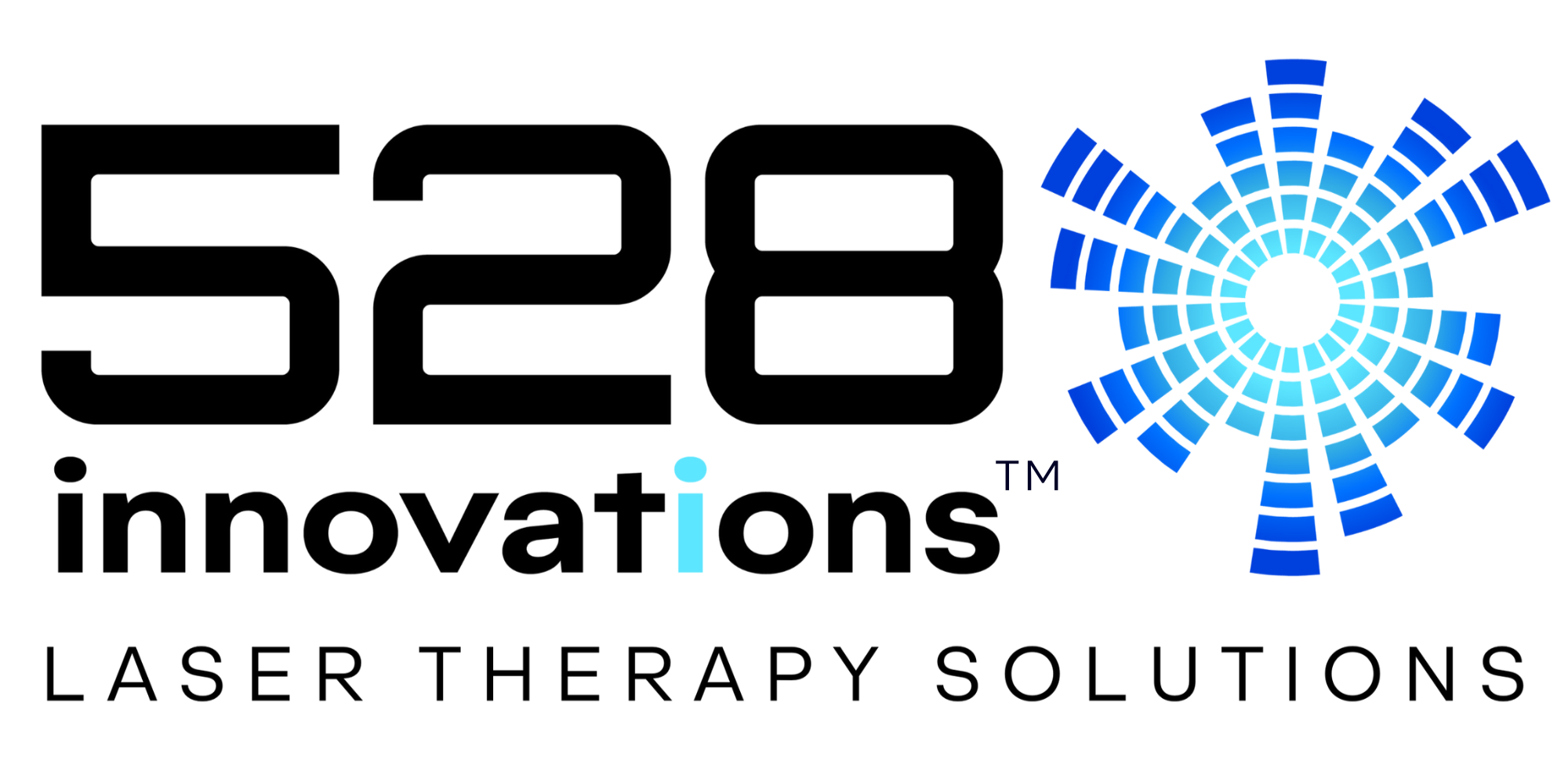How Laser Therapy Reduces Pain
Living with pain—whether from an old injury, arthritis, or everyday wear and tear—can leave you searching for solutions that are both safe and effective. Many people assume that laser therapy sounds too technical or requires a practitioner’s office visit, but today’s science tells a different story. Modern laser therapy is backed by research, safe to use, and surprisingly simple to understand.
Let’s break down how light can actually help reduce pain in your body.
Your Body’s Natural Pain Relievers
One of the first things researchers discovered is that laser therapy helps the body release endorphins—your own natural painkillers. Endorphins are the same “feel-good” chemicals that kick in during exercise. Clinical studies have shown that after laser therapy, endorphin levels increase both locally (where the light is applied) and systemically throughout the body, helping ease discomfort naturally.
Improved Circulation and Oxygen Flow
Pain often lingers because tissues don’t get enough oxygen and nutrients to repair themselves. Laser light stimulates the production of nitric oxide, a molecule that relaxes blood vessels and improves circulation. This enhanced blood flow brings fresh oxygen to the area and helps clear away waste products that contribute to soreness.
Calming Overactive Pain Signals
When you feel pain, it’s often because your nerves are firing too easily or too often. Laser therapy has been shown to influence how ion channels—tiny gates on your nerve cells—open and close. By restoring normal calcium, sodium, and potassium levels, the nerve cells become less “irritable,” which helps calm down overactive pain signals.
Targeting Stubborn Nerve Fibers
Certain nerve fibers, called C-fibers, are slow-conducting pathways that often carry chronic, dull pain signals. Research suggests that laser therapy can reduce the activity of these fibers, essentially turning down the volume of persistent pain. This effect is particularly important for people with long-term pain conditions, where nerves remain sensitive even after the tissue has healed.
Restoring Nerve Cell Balance
Healthy nerve cells have a natural rhythm—they maintain a “resting potential” and only fire when truly necessary. In cases of chronic pain, this balance gets disrupted, and nerves may start sending pain signals even during normal activity. Laser therapy helps restore the electrical balance of nerve cells, making them function closer to their healthy state.
Supporting Healing at the Source
Beyond reducing pain signals, laser therapy encourages nerve repair and regeneration. Studies have shown that it can stimulate axonal sprouting—the growth of new nerve connections—and support healing in tissues where damage has caused ongoing discomfort. That means it’s not just about masking pain, but helping your body repair itself.
The Bottom Line
Pain doesn’t have to control your daily life. Laser therapy works by supporting your body’s natural chemistry, calming overactive nerves, and improving circulation—all backed by clinical studies. And thanks to advancements in technology, what once required a clinic visit is now available for use at home, with professional guidance built into the system.
If you’ve been curious about whether laser therapy is right for you, the science is clear: it’s safe, effective, and designed to work with your body—not against it.
👉 Explore how the 528i Laser Therapy System makes this advanced science simple and safe for everyday use.
References
AlGhamdi, K. M., Kumar, A., & Moussa, N. A. (2012). Low-level laser therapy: A useful technique for enhancing the proliferation of various cultured cells. Photomedicine and Laser Surgery, 30(2), 67–71. doi:10.1089/pho.2011.3124
Chow, R. T., Johnson, M. I., Lopes-Martins, R. Á., & Bjordal, J. M. (2009). Efficacy of low-level laser therapy in the management of neck pain: A systematic review and meta-analysis of randomized placebo or active-treatment controlled trials. The Lancet, 374(9705), 1897–1908. doi:10.1016/S0140-6736(09)61522-1
Chow, R. T., Armati, P. J., Laakso, E. L., Bjordal, J. M., & Baxter, G. D. (2011). Inhibitory effects of low-level laser therapy at sites of nerve injury and inflammation. Photomedicine and Laser Surgery, 29(6), 365–371. doi:10.1089/pho.2010.2928
Gigo-Benato, D., Geuna, S., & Rochkind, S. (2004). Phototherapy for enhancing peripheral nerve repair: A review of the literature. Muscle & Nerve, 29(6), 694–701. doi:10.1002/mus.20025
Hamblin, M. R. (2017). Mechanisms and applications of the anti-inflammatory effects of photobiomodulation. AIMS Biophysics, 4(3), 337–361. doi:10.3934/biophy.2017.3.337
Laakso, E. L., Cramond, T., Richardson, C., & Galligan, J. P. (1994). Plasma ACTH and beta-endorphin levels in response to low level laser therapy (LLLT) for myofascial trigger points. Laser Therapy, 6(3), 133–142. doi:10.5978/islsm.94-OR-13
Stausholm, M. B., Naterstad, I. F., Joensen, J., Lopes-Martins, R. Á., Sæbø, H., & Bjordal, J. M. (2019). Efficacy of low-level laser therapy on pain and disability in knee osteoarthritis: Systematic review and meta-analysis of randomized placebo-controlled trials. BMJ Open, 9(10), e031142. doi:10.1136/bmjopen-2019-031142



Share:
So what does Acupuncture and Laser Therapy Have in Common
Inflammation: How Laser Therapy (LLLT/PBM Therapy) Helps Reduce Swelling and Support Healing